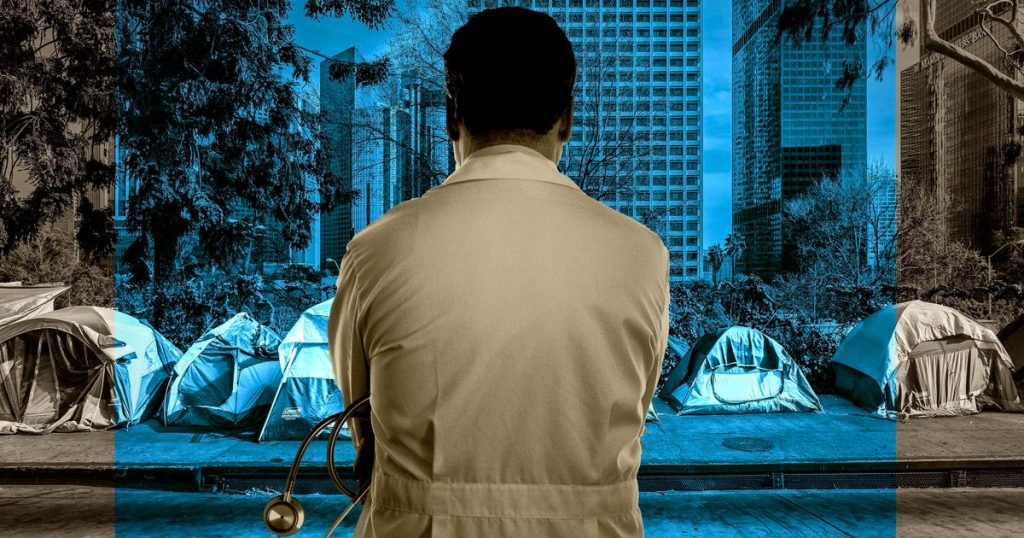Jacob, a young homeless man with hearing loss, recently visited a free clinic organized by a group of physicians, including an ear, nose, and throat specialist in Chicago. He shared how his severe hearing loss had impacted his ability to secure a job, leading to feelings of depression and hopelessness. This experience is not unique, as many homeless individuals face significant health issues that prevent them from improving their circumstances. Despite the clear need for healthcare services among the homeless population, barriers such as technology, transportation, and cost often prevent them from accessing care.
To address this disparity, the physicians launched the Center for the Underserved at Rush ENT (CURE) initiative in 2022, with a focus on improving access to care for homeless and migrant communities on the West Side of Chicago. The program offers a free, weekly ENT clinic where individuals can receive diagnosis and treatment. Patients are transported to and from the clinic using ride-sharing apps, and they are provided with a free meal along with high-quality care. The clinic is run by volunteers, including physicians, nurses, and medical students, who are dedicated to providing care to those who may otherwise be deprived of healthcare services.
Recognizing the need for healthcare services among the migrant community as well, the CURE initiative expanded its services to include this population. By offering telemedicine visits at shelters and police stations where migrants reside, the program aims to minimize barriers to access and provide care to those in need. With over 12,000 migrants living in shelters in Chicago, ensuring access to quality care for this population is crucial for both their health and the well-being of the community.
Many homeless and migrant individuals lack access to consistent healthcare and insurance coverage, resulting in limited options for seeking medical treatment. Consequently, they often end up in emergency rooms, placing a significant financial burden on the healthcare system. By providing preventive care through models like CURE’s, which focus on comprehensive and specialized services, healthcare providers can better meet the needs of at-risk populations and reduce the strain on emergency resources.
Despite the challenges faced by homeless and migrant populations in accessing healthcare, initiatives like CURE are making a difference. By providing services that address both acute and follow-up care, the program has seen positive outcomes for patients, such as Jacob, who was able to secure a job with the help of new hearing aids. The success of such initiatives demonstrates the potential for transformative solutions in healthcare systems across the country, with a focus on providing equitable and compassionate care to all individuals in need.
Ultimately, the CURE model serves as a blueprint for addressing the healthcare needs of vulnerable populations in other cities across the U.S. By leveraging innovative approaches to care delivery and prioritizing preventive measures, healthcare providers can improve outcomes for homeless and migrant communities while also benefiting the broader healthcare system. The dedication and commitment of volunteers and providers involved in initiatives like CURE highlight the importance of compassion, dignity, and access to quality care for all individuals, regardless of their circumstances.


